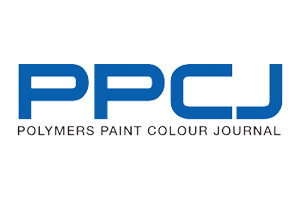
The safety of certain chemicals used by the paints and coatings industry will be assessed over the next three years by specialists in European Union (EU) member states.
The European Chemicals Agency (ECHA) has unveiled a list of 91 substances to be probed by national governments, coordinated by the agency, under the EU’s chemical control system REACH. If found particularly dangerous, these chemicals could be subjected to strict controls or even banned.
ECHA’s shortlist for consideration includes 2-ethylhexanoic acid’s metallic salts, which are used as driers for paints, inks and varnishes. It also includes the pigment titanium dioxide, silver and the solvents hexamethyldisiloxane and toluene. Their evaluation will take place from 2012 to 2014. ECHA said its target list had been drafted in co-operation with member states, adding "in many cases, the initial concerns are related to potential PBT 1-properties, suspected endocrine disruption or carcinogenic, mutagenic and reprotoxic properties in combination with wide dispersive or consumer use(s)”.
It will announce next February which member states will be responsible for which chemical assessments, with their decisions about the potential risks posed being reviewed by experts from all EU countries in a member state committee and ECHA before any action is taken or proposed about follow up actions, including new controls.
Elsewhere, ECHA has concluded that for its next registration process – whose deadline is May 2013 – there is a need to improve its document templates and advice. "The rate of non-compliance with legal provisions…indicated that there is a clear need for industry to further improve the quality of these documents,” said an agency note.
Meanwhile the European Parliament’s environment committee is to hear a report from European Commission officials about Brussels’ conclusion in May that there is no need at present to strengthen VOC (volatile organic compound) emissions reduction measures or amend the scope or limits of the EU paints directive. MEPs can quiz officials on their reasoning.
And the Commission has taken a significant step towards effectively regulating nanotechnology – formally announcing nanoparticles measure between 1 and 100 billionth-of-a-metre. The guidance – in a formal European Union (EU) ‘recommendation’ – will remedy a situation where industry associations across Europe have had different definitions. The EU decision will be reviewed in 2014, taking account of technical progress.




